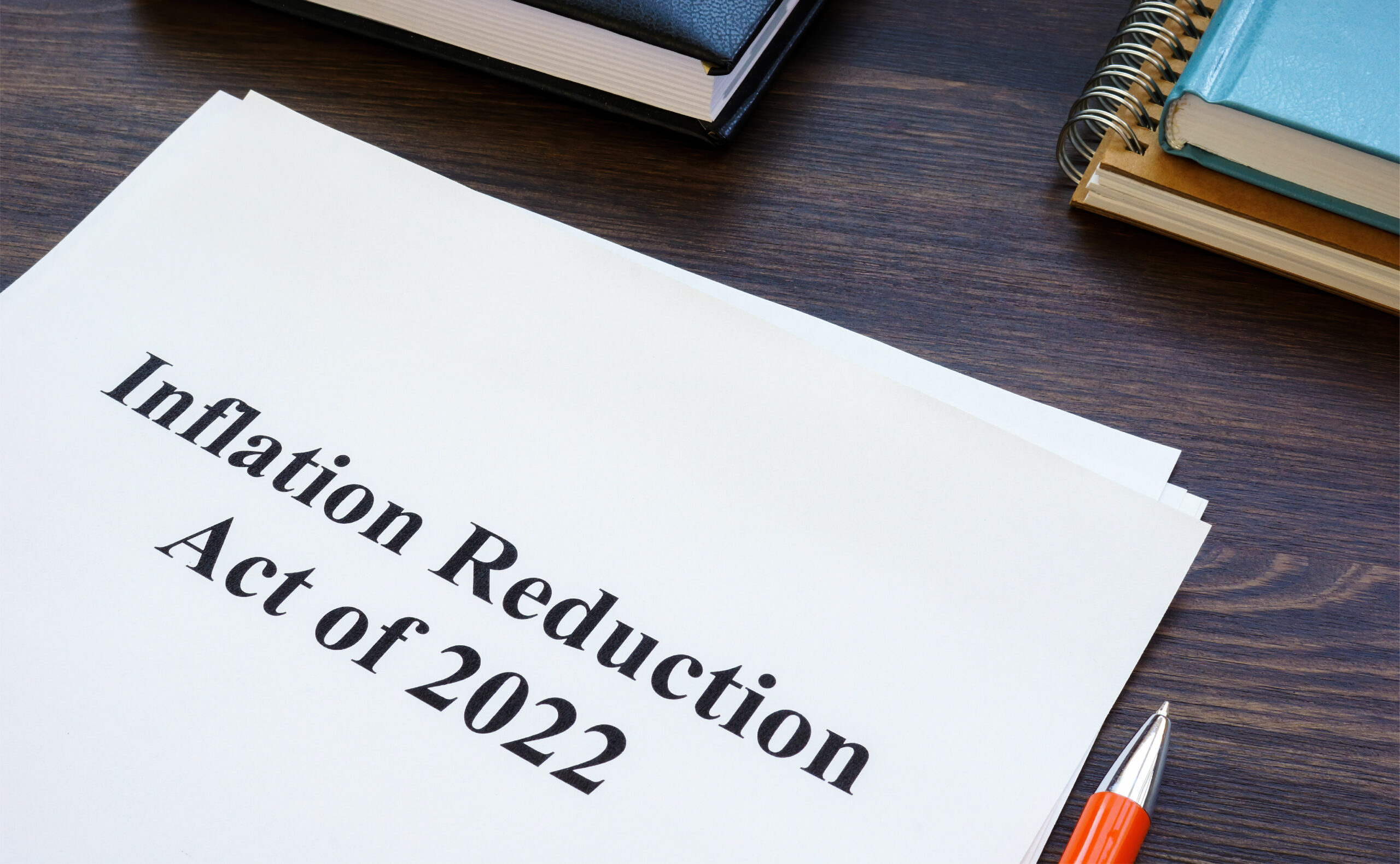As of August 16th, President Joe Biden signed into law the Inflation Reduction Act (IRA) of 2022. This legislation is the culmination of months of negotiations between congressional democrats. The IRA is the largest-ever investment to tackle climate change, with roughly $370 billion dedicated to curbing harmful emissions and promoting green technology.
The act includes thousands of dollars in tax credits and rebates for consumers who buy electric vehicles, install solar panels, or make other energy-efficient home upgrades. Below we highlight some of the most significant tax credits and rebates you’ll see as a consumer due to the recently signed legislation.
The legislation includes a $7,500 tax credit for new electric vehicles. However, to qualify for the tax credit, married couples can’t have a modified adjusted gross income above $300,000 ($150,000 for single tax filers). If the consumer purchases a van, sports utility vehicle, or pickup truck, the vehicle cannot cost more than $80,000. Other cars are limited to a price of $55,000. With the average new electric vehicle costing $67,000, many cars on the market won’t be eligible for this tax credit. Also, there are limits to where the car is manufactured and the sourcing of battery and other vehicle components. The intent is to accelerate the development of domestic supply chains, U.S. manufacturing and to make electric vehicles more affordable for down-market consumers. Finally, the bill also creates a tax credit for used versions of clean energy cars. Buyers could get $4,000 or 30% of the sale price, whichever is less. However, among the stipulations, modified adjusted gross income must be less than $150,000 for married couples or $75,000 for single filers, and the purchase price must be less than $25,000.
Another incentive the bill created is a 30% tax credit for solar panels and home renewable energy sources. This “Residential Clean Energy Credit” extends and enhances an existing tax break. Homeowners are eligible for the credit if they install solar panels or other equipment to harness renewable energy like wind, geothermal, and biomass fuel. There’s no dollar limit on those expenses; you’re entitled to that 30 percent tax break whether you spend $20,000 or more than $100,000 on costs associated with a residential solar system. The credit is available to all taxpayers for their primary or secondary residence in the U.S. Taxpayers of any income level can take advantage of it. Whether you itemize your taxes or take the standard deduction, you can use it. However, the solar tax credit is available only if you purchase a solar system; if you lease one, you can’t take advantage of the credit. The credit applies for costs incurred from the beginning of 2022 to the end of 2032 and is completely phased out by 2034.
The bill provides substantial incentives for completing home energy efficiency projects. Using the expanded “Energy Efficient Home Improvement Credit,” consumers can get up to a 30% tax credit or $1,200 per year, whichever is less, towards the cost of installing efficient exterior windows, skylights, exterior doors, and other items. Annual caps apply to specific items — for example, $500 for doors and $600 for windows and skylights. Separately, homeowners can get up to $2,000 a year to install electric or natural gas heat pumps, electric or natural gas water heaters, and biomass stoves or boilers. Income limits don’t apply to claim these credits.
Under a separate program titled “Home Energy and Appliances Rebates” (designed predominantly to help low-and middle-income families), consumers can receive up to $8,000 for a heat pump for space heating or cooling, $1,750 for a heat pump water heater, $840 for an electric stove or an electric heat pump dyer. Credits are also available for an electric load service center upgrade ($4,000); an additional $2,500 for electric wiring, $1,600 for insulation, air sealing, and ventilation; electric water heaters ($1,750). Rebate cannot exceed $14,000 in any tax year.
Like many aspects of tax law, there’s a catch. The tax credits are non-refundable, so if a taxpayer doesn’t have a tax liability, they won’t be able to use the credits that year. However, unused credits will carry over year to year. Additionally, rebates aren’t available to households earning over 150% of an area’s median income, as determined by the Department of Housing and Urban Development. For example, 150% of the medium income in San Francisco is $249,000. This means the income threshold for many high-income earners will reduce the use of these rebates. Finally, with the exact rules regarding which type of upgrades and items are available for credits and rebates, consumers check with their tax preparer and research each specific item before purchase to determine eligibility.
Although there are limitations to the use of the tax credits created by the IRA, the bill represents the most significant legislative effort to spur green technology, energy efficiency and reduce climate change emissions in U.S. history. If you’re a consumer concerned about climate change and decarbonizing the electric grid, the aspects of the bill described above are a win towards reaching these goals. As a consumer, regardless of your annual income, you’ll benefit from being aware of the above tax credits and rebates, particularly if you’re a homeowner or in the market for an electric vehicle.

